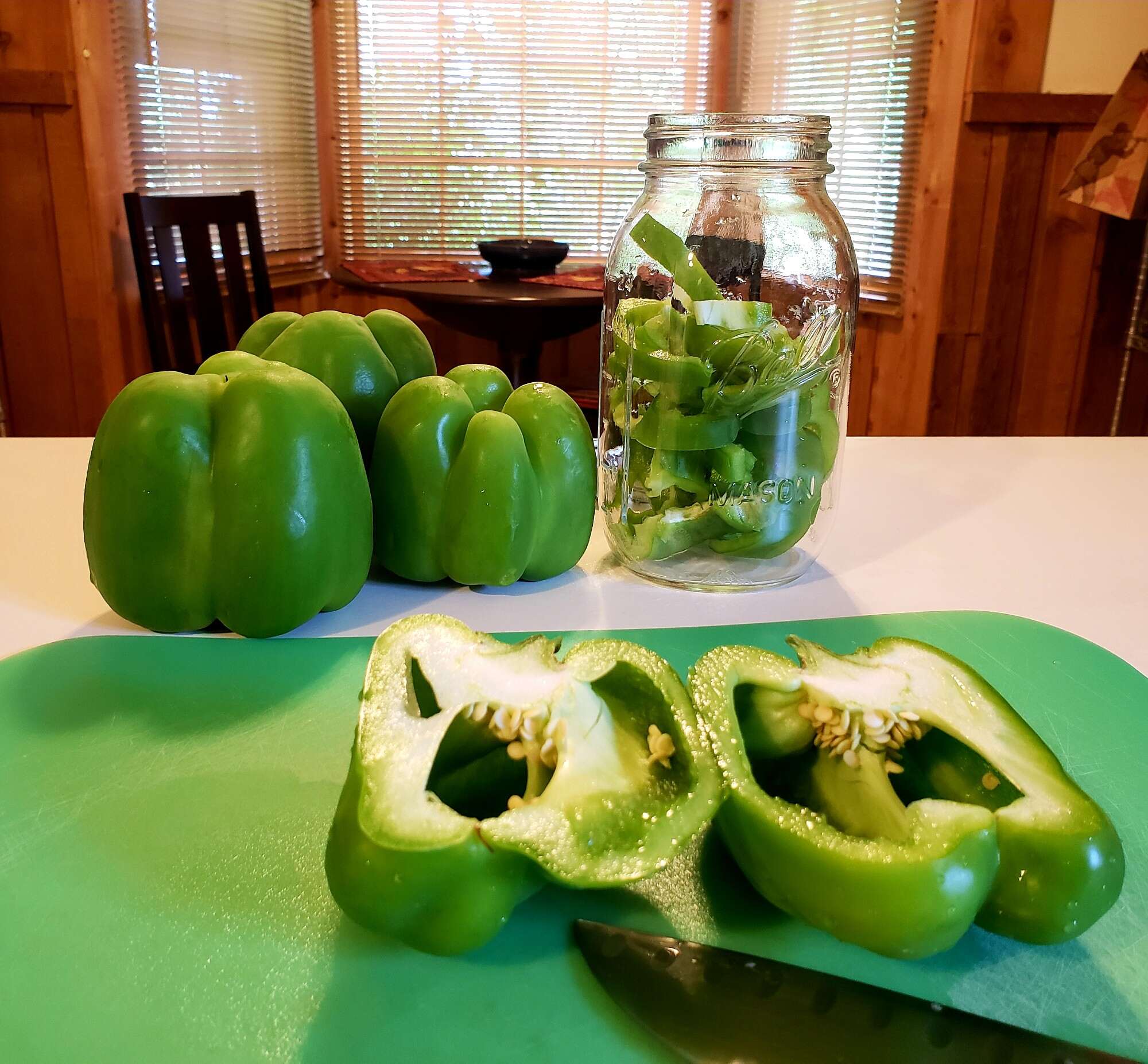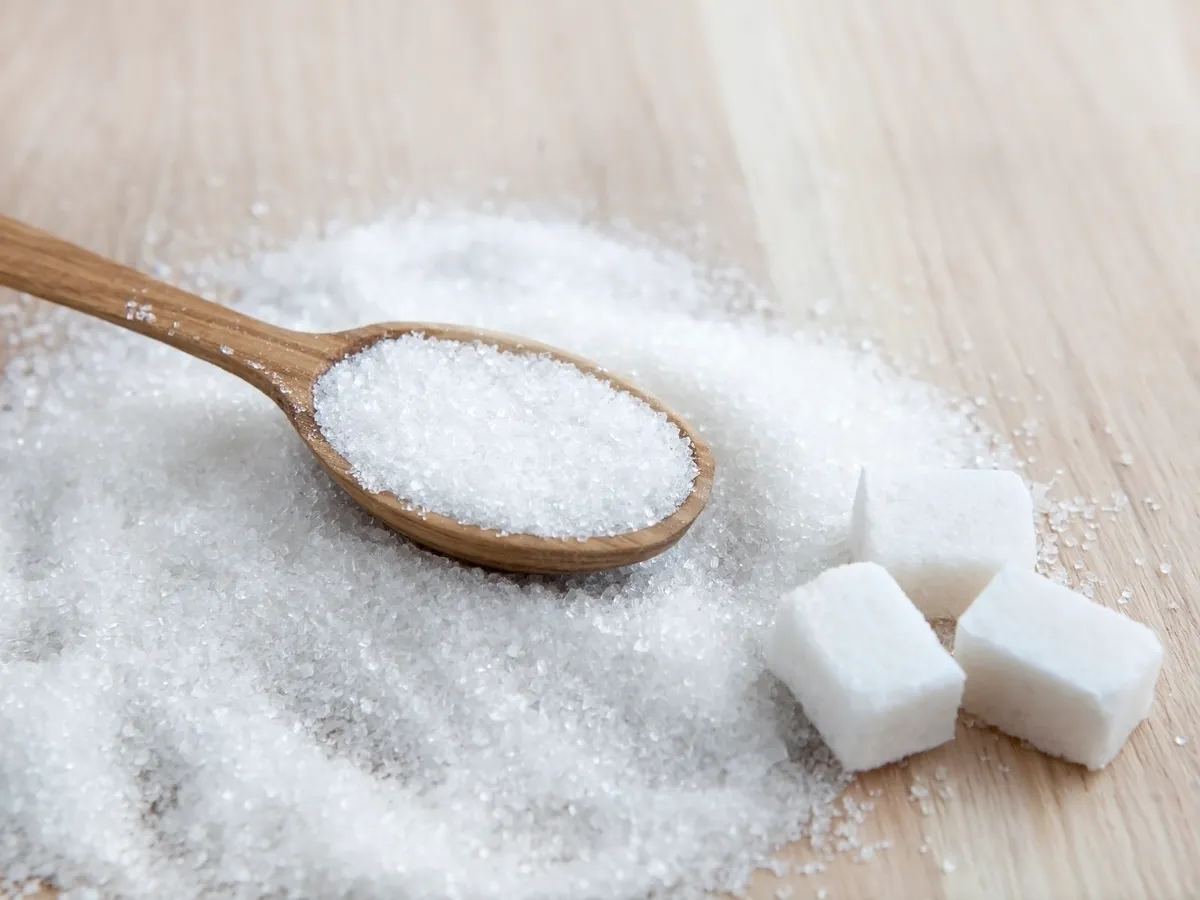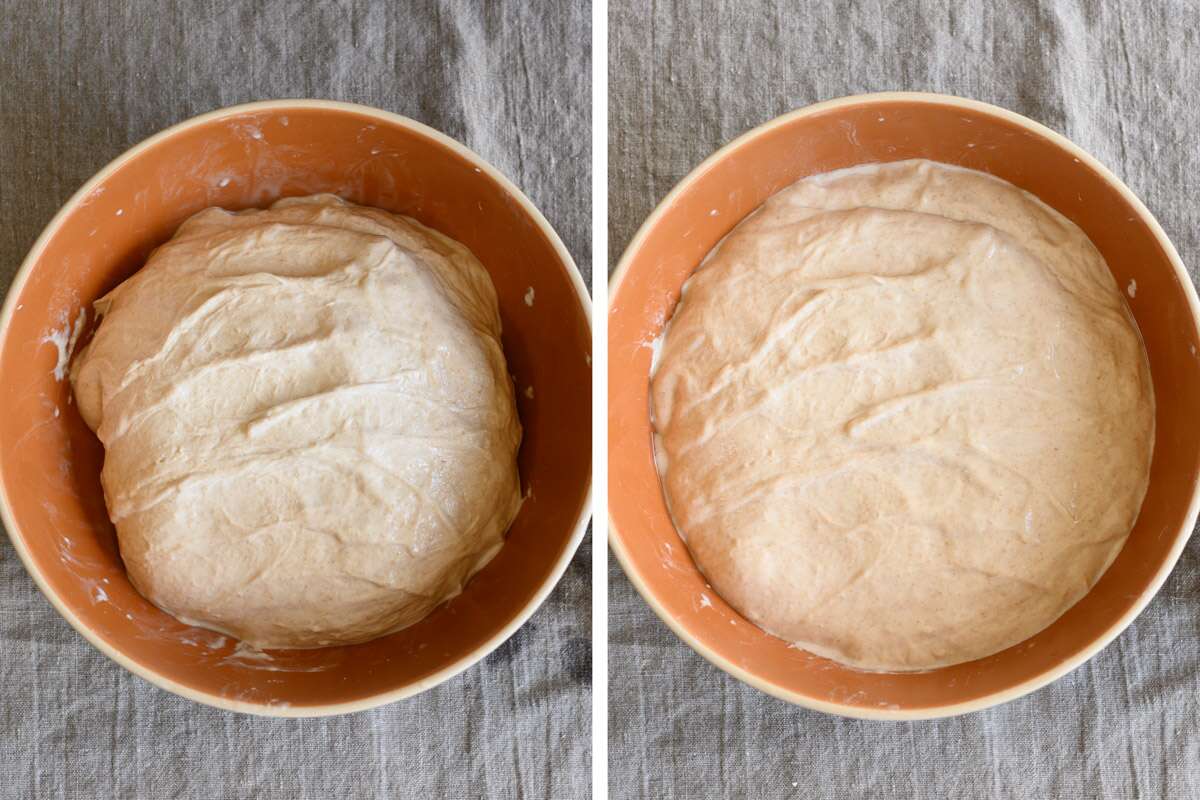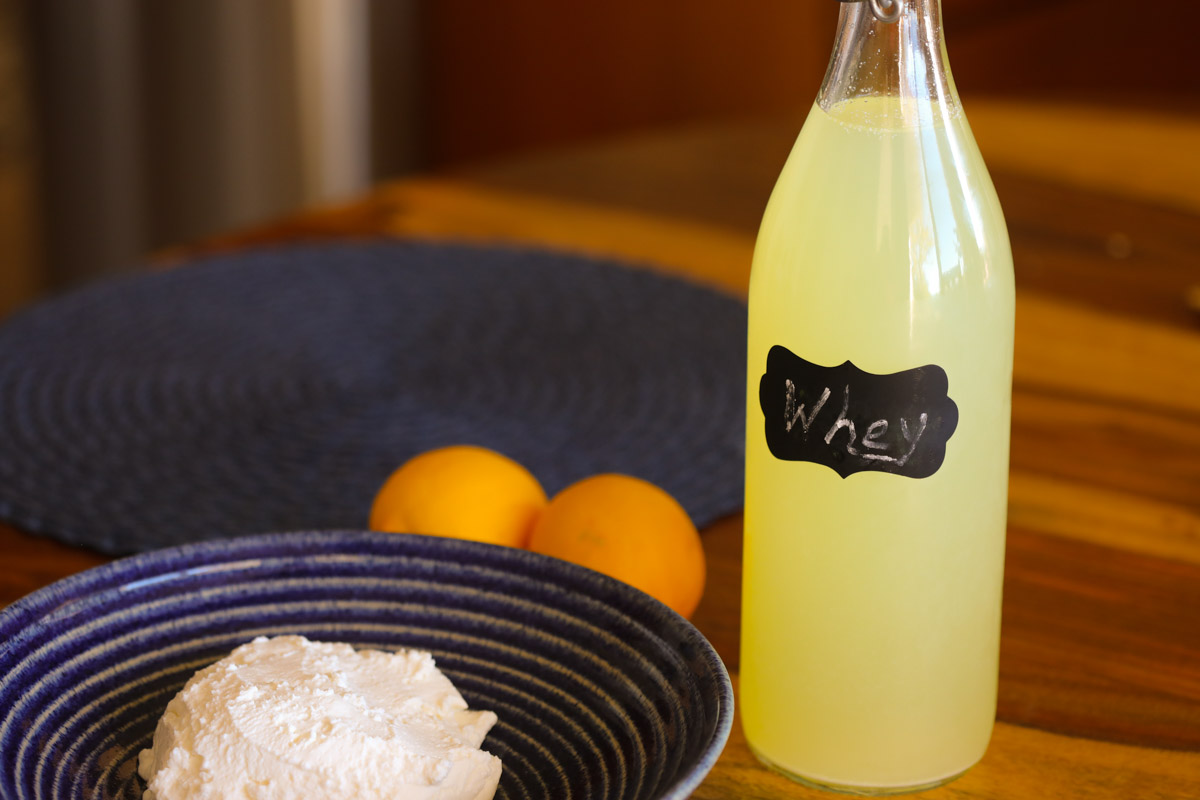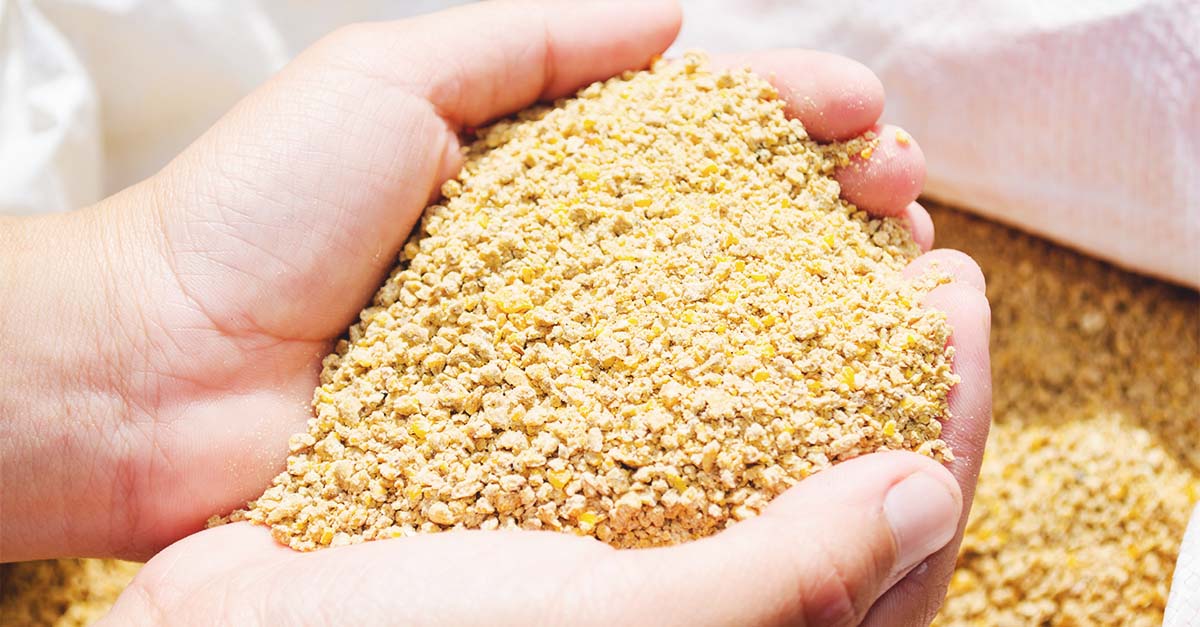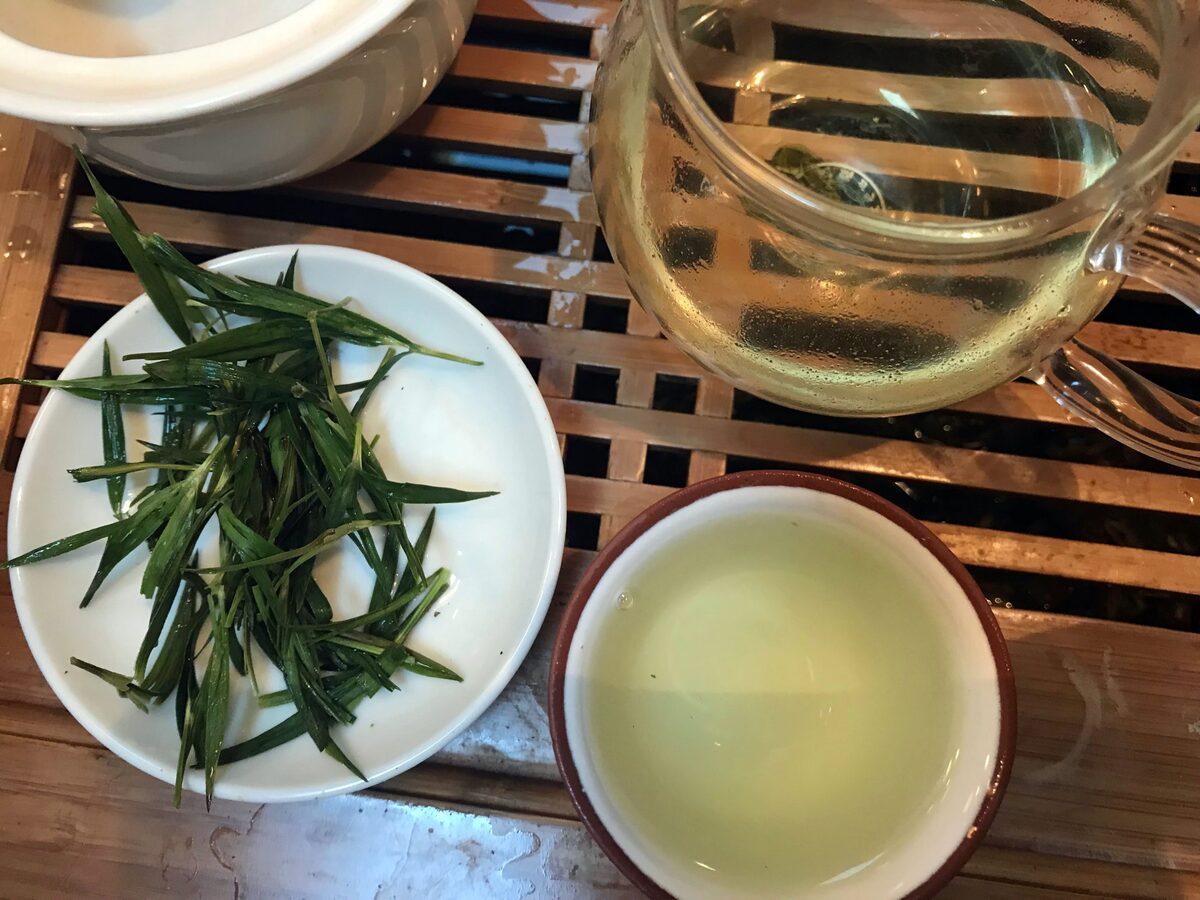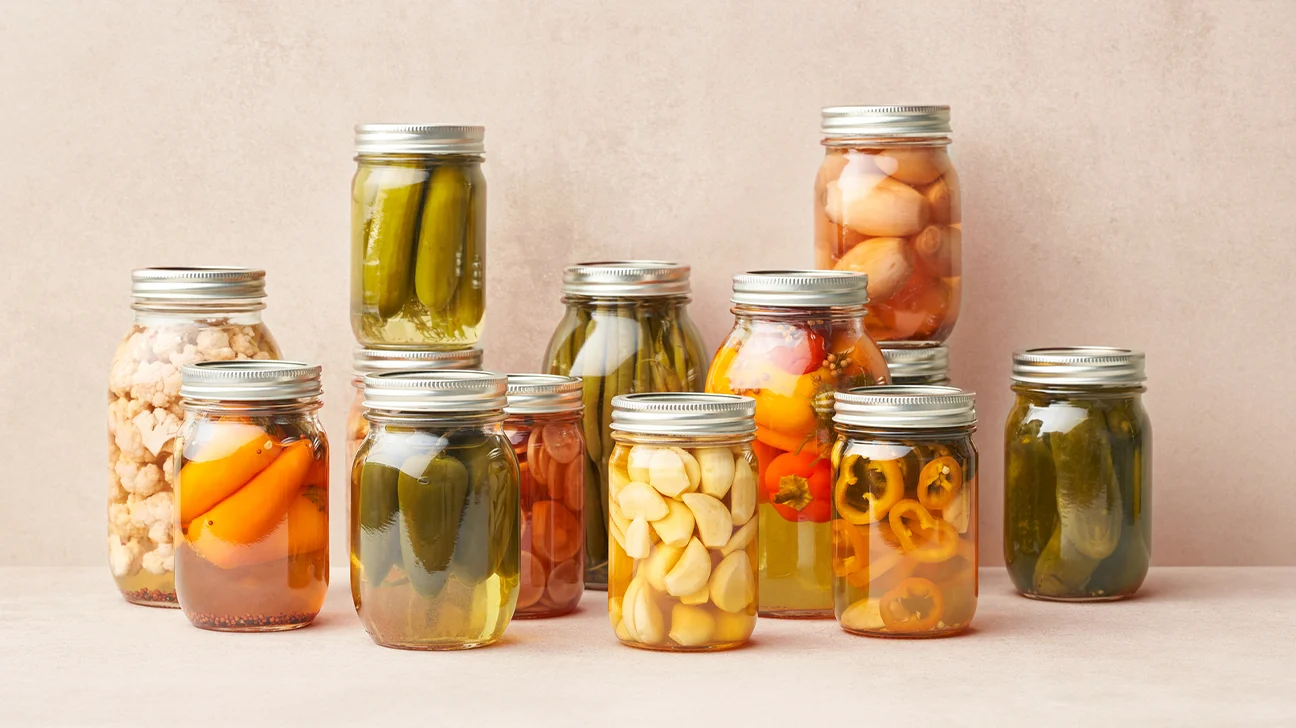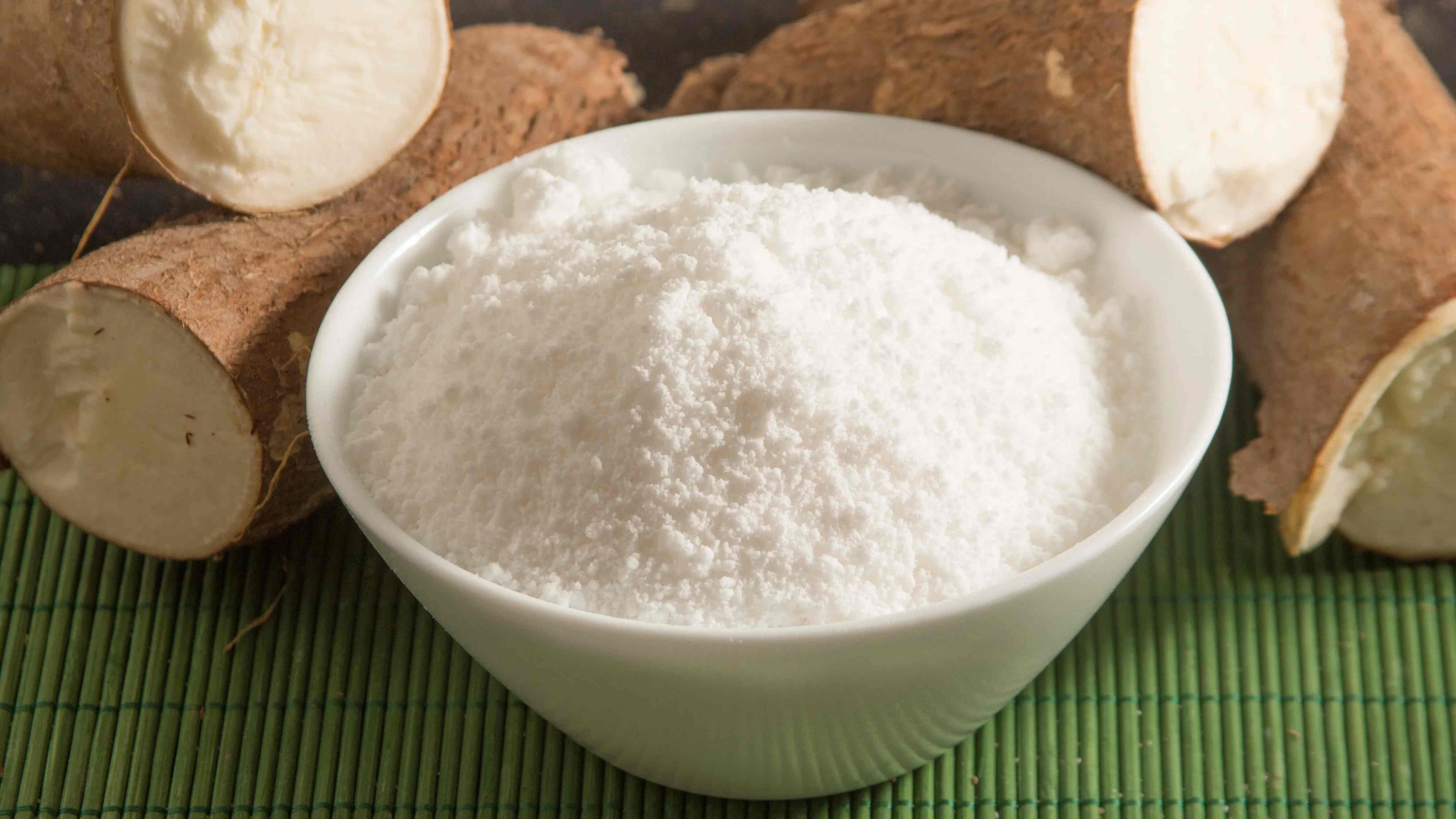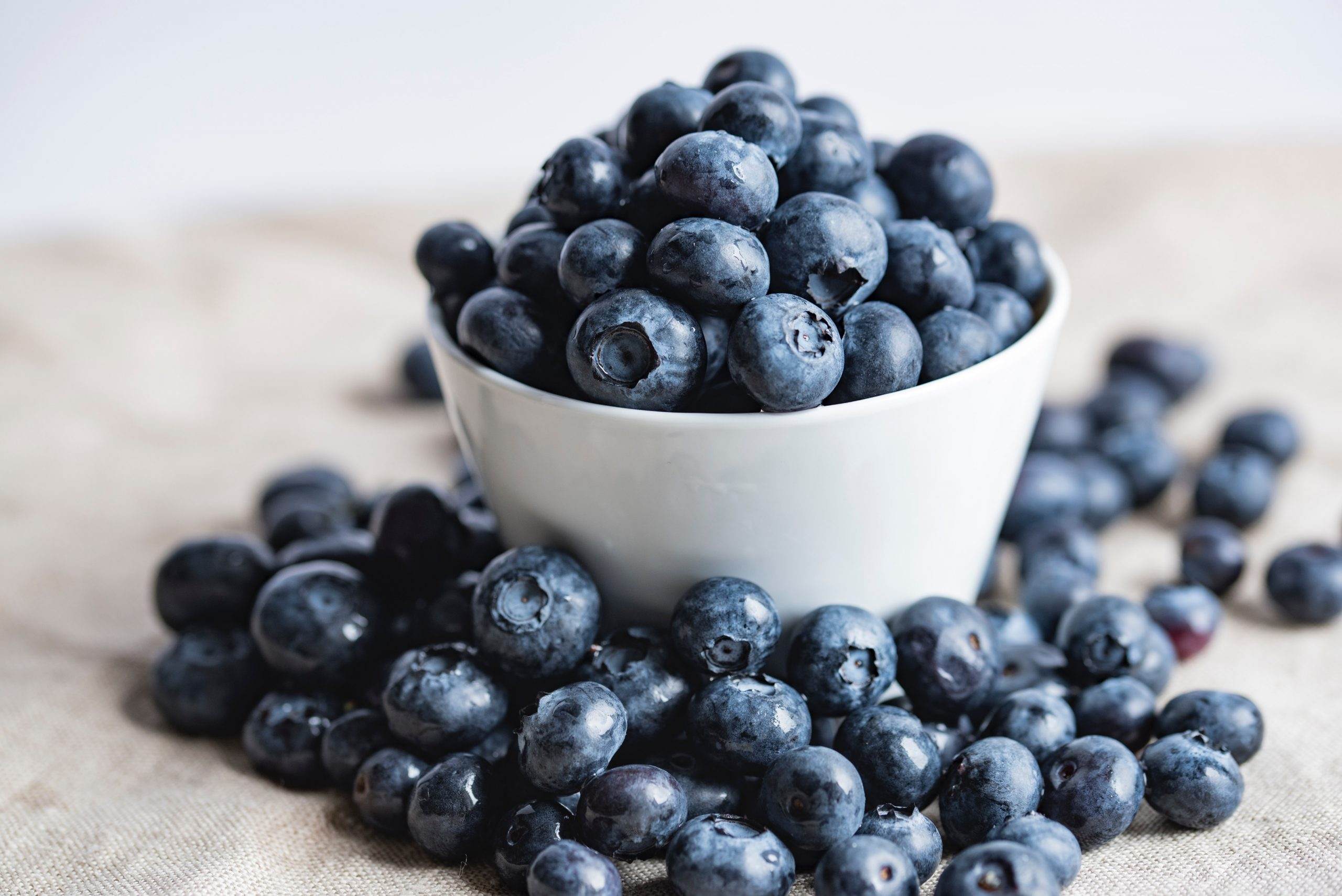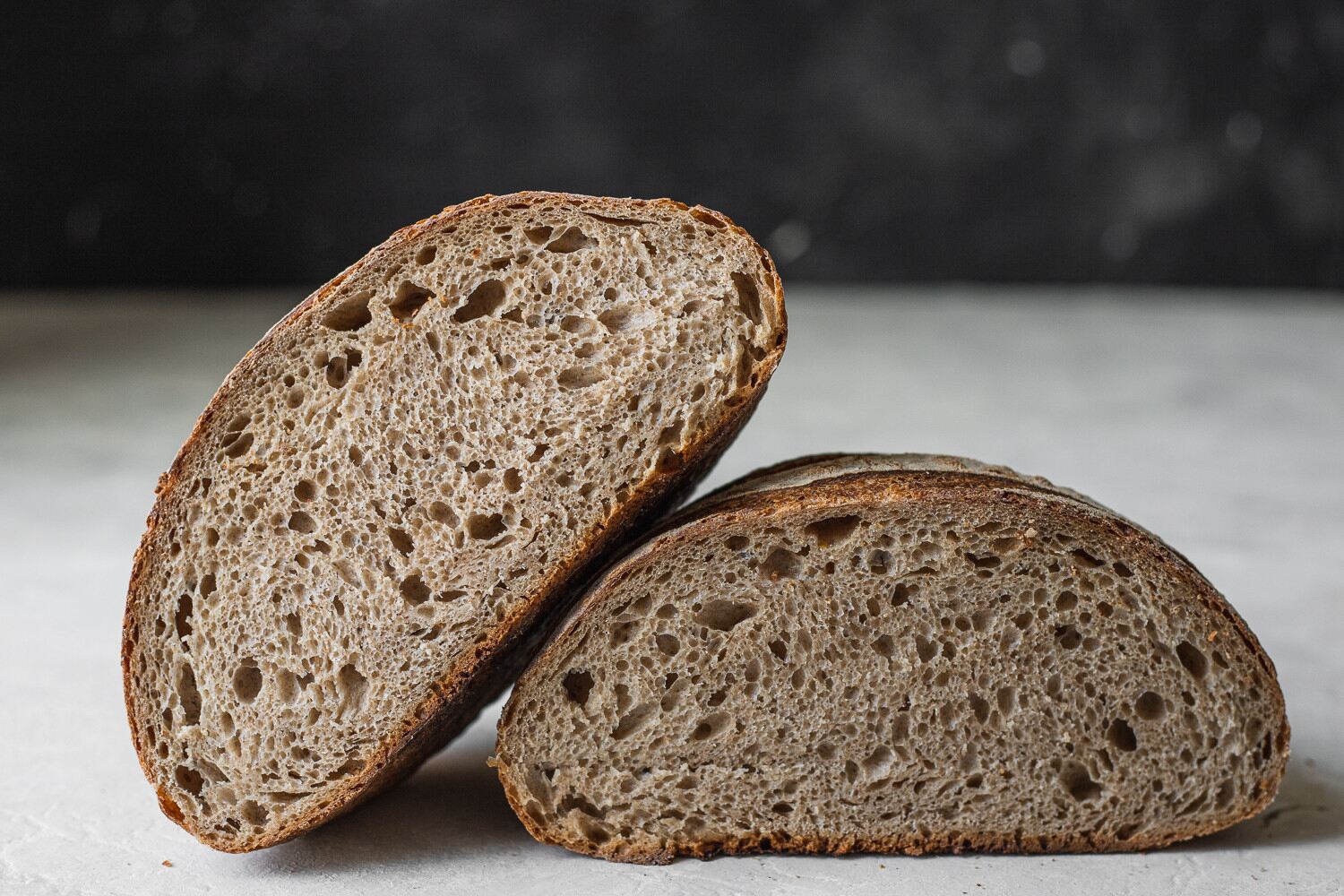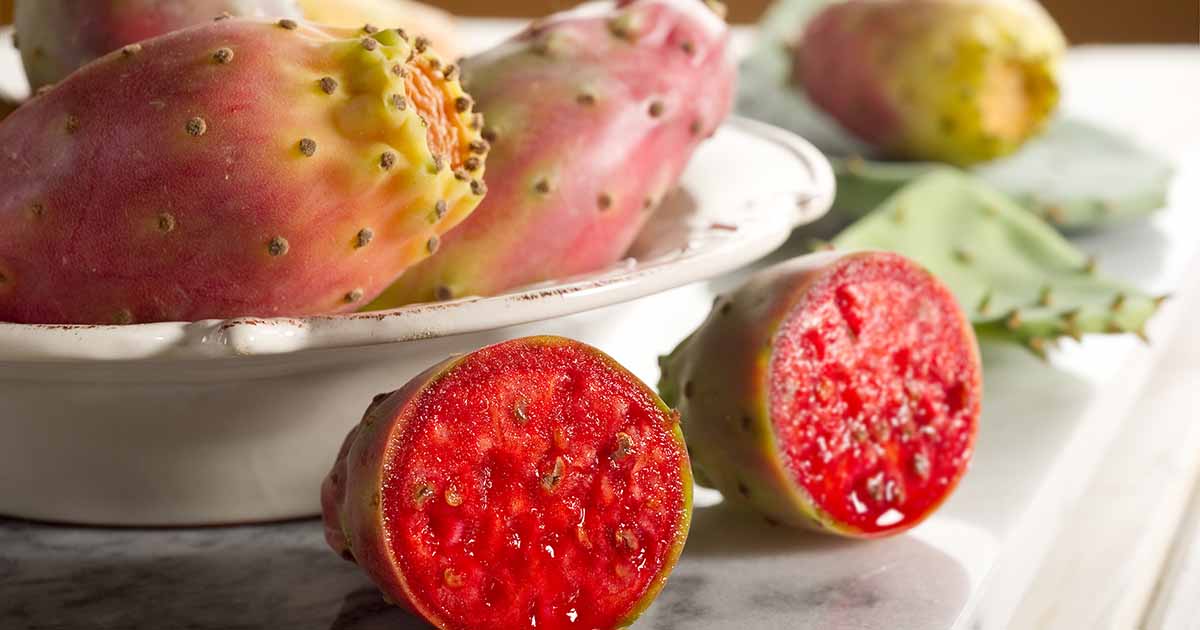Unlocking the Power of Fermented Herbs
Herbs are not only delicious additions to our meals, but they also offer a myriad of health benefits. One way to preserve and enhance the flavor and nutritional value of herbs is through fermentation. Fermenting herbs is a simple and effective way to create unique flavors and increase the bioavailability of nutrients. In this article, we will explore the process of fermenting herbs and how you can incorporate these flavorful and healthful creations into your diet.
Choosing the Right Herbs
When it comes to fermenting herbs, the possibilities are endless. However, some herbs lend themselves particularly well to the fermentation process. Basil, dill, oregano, thyme, and rosemary are just a few examples of herbs that can be successfully fermented. It’s important to use fresh, high-quality herbs to ensure the best results.
The Fermentation Process
Fermenting herbs is a relatively simple process that requires just a few basic ingredients and some patience. Here’s a step-by-step guide to fermenting herbs:
- Start by washing the herbs thoroughly and allowing them to dry completely.
- Place the herbs in a clean, sterilized jar, packing them in tightly but not crushing them.
- In a separate bowl, mix water and salt to create a brine. The general ratio is 1 tablespoon of salt per 2 cups of water.
- Pour the brine over the herbs, making sure they are completely submerged. You can use a fermentation weight to keep the herbs submerged if necessary.
- Seal the jar with a lid and store it at room temperature, away from direct sunlight.
- Check the jar every day to release any built-up carbon dioxide and ensure that the herbs remain submerged in the brine.
- After about a week, taste the fermented herbs. Once they reach the desired level of tanginess, transfer the jar to the refrigerator to slow down the fermentation process.
Using Fermented Herbs
Once your herbs are fermented and ready to use, the possibilities are endless. Here are a few ideas for incorporating fermented herbs into your meals:
- Add them to salads for a burst of flavor and probiotics.
- Use them as a topping for soups or stews to add depth and complexity to the dish.
- Blend them into salad dressings or marinades for a tangy kick.
- Enjoy them as a standalone condiment or side dish.
The Health Benefits of Fermented Herbs
Fermenting herbs not only enhances their flavor but also increases their nutritional value. The fermentation process breaks down the herbs, making their nutrients more easily absorbed by the body. Additionally, fermented herbs are rich in probiotics, which support gut health and overall well-being.
Get Creative with Fermentation
Experimenting with fermenting herbs is a fun and rewarding way to add depth and complexity to your culinary creations. Whether you’re a seasoned fermenter or new to the world of fermentation, trying your hand at fermenting herbs is a great way to expand your culinary repertoire and boost your health.
So, next time you have an abundance of fresh herbs on hand, consider fermenting them to unlock their full potential. The process is simple, the results are delicious, and the health benefits are undeniable. Happy fermenting!
Was this page helpful?
Read Next: How To Ferment Molasses
